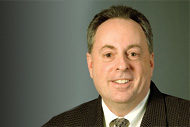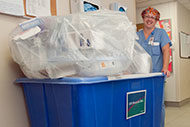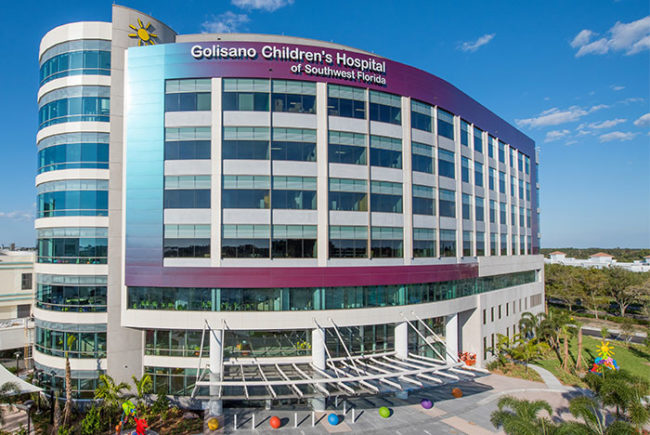My retirement last month has allowed me to reflect on the many changes and improvements I've seen in my more than 40 years in environmental services (ES) and realize that almost all of these changes have been directed at improving our quality and level of service to our patients, visitors and staff.
Having worked in a number of different positions at three different hospitals during my career, I started out in floor care and then cleaned a variety of areas including patient rooms, OR suites, office space and central services. I later became a housekeeping shift supervisor and a housekeeping department manager and finally an ES director at a major academic medical center.
I can still remember when patient rooms were "fogged" to ensure proper disinfection. We would use a very harsh phenol-based cleaner to clean all surfaces. If it were an isolation room, we were directed to fumigate it using a machine that would dispense a disinfectant mist. I remember tethering myself to the patient bed so I could climb outside to clean the windows! Sharps containers were simple cardboard boxes and sharps injuries were commonplace.
Room cleanliness inspections were visual, using a white glove at times. No surface testing was done to ensure the effectiveness of our cleaning. Single patient rooms were a rarity. Most patients were in a ward or, at best, shared a room with another patient.
Today, infection prevention is the primary focus. The ES employee is now a member of the health care team working closely with nursing and infection control to ensure that patients have a safe and clean healing environment. We now have the tools and technology to effectively combat infections. As our cleaning chemicals became stronger, bacteria and viruses became more and more resistant.
Currently, we are winning the battle and have non-bleach cleaners that are effective against most bacteria and viruses, including Clostridium difficile. But we are not stopping there. We now have UV light technology that can quickly kill any organism's DNA structure and render the infectious agent completely harmless. We can check the effectiveness of our cleaning on various types of surfaces using black-light technology.
What does the future hold for the ES profession? I see the profession becoming an even more integral part of patient care. Housekeeping carts will come equipped with monitors to provide each housekeeper with timely information as to patient discharge activity and patient census. I envision patient rooms being designed even better to eliminate health care-associated infections. Wouldn't it be great to have each patient room equipped with built-in UV light technology? I do know what will not change – the need to have ES staff who can empathize with the patient and add the "human touch." That caring attitude can never go away.
As everyone knows, how ES does its job directly affects a facility's HCAHPS scores. This impacts reimbursement. The ES professional has truly become a specialist trained to effectively create a safe, clean and healing environment.
By Thomas A. Peck, who recently retired as director of environmental services at the University of Wisconsin Hospital and Clinics, Madison.
AHE insight
Valuable resources available
AHE represents, defines and advances the professionals responsible for care of the health care environment to ensure high-quality outcomes and healthy communities. Following are a few of the resources that AHE offers.
• Recommended Practice Series: Environmental Services Equipment and Supplies. The equipment and supplies covered in this booklet are essential, discrete components of safe, efficient and productive environmental services (ES) operations. For more information, go to www.ahe.org/ahe/learn/tools_and_resources/publications.shtml.
• Benchmarks and other Metrics for Effective Linen Management. This webinar looks at metrics such as processing and replacement costs, pounds per adjusted patient day, total cost per pound and labor-distribution cost per pound to help you assess and evaluate the cost-effectiveness of your program. To access it, log on to www.ahe.org/education.
• AHE Environmental Sustainability Certificate Program. AHE has launched a new certificate program to acknowledge the ongoing and outstanding environmental and ecological sustainability efforts of ES departments. For more information on the program, go to www.ahe.org/ahe/lead/environmental_sustainability_certificate_program.shtml.





